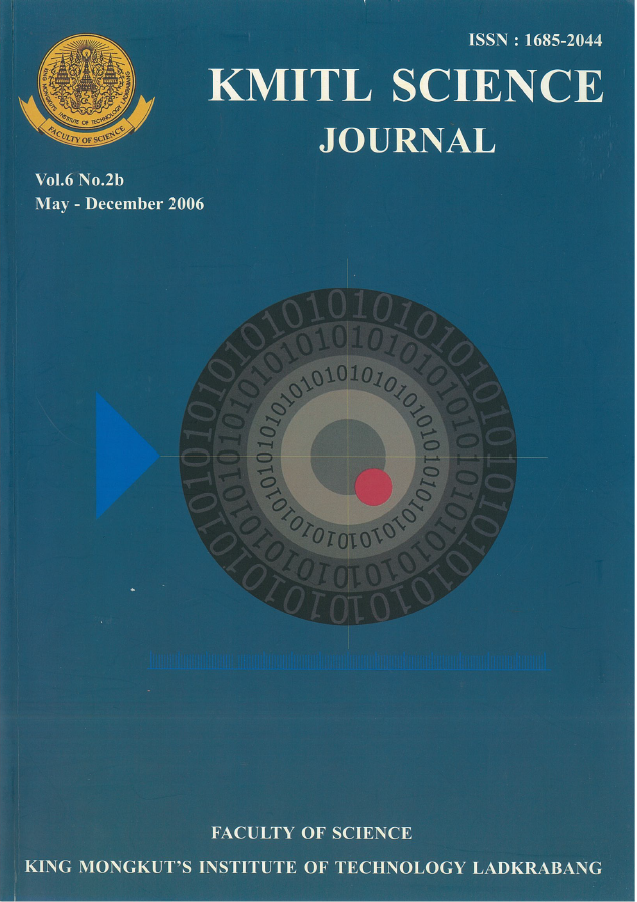Seven commercially available palm oils in Thailand were studied to evaluate their fatty acid composition using the GC-MS tandem. Seven to eight different fatty acids distributed in varying proportion were identified in each sample. Saturated fatty acids accounted for 24.82 to 44.65% of the total fatty acids. Hexadecanoic acid contributed the highest percentage among the saturated fatty acids identified. This was followed by octanoic acid. Dodecanoic, tetradecanoic, and eicosanoic acids were also observed in trace amount. The percentage distribution of unsaturated fatty acids with a range of 55.35-75.18% was determined to be higher than the percentage of saturated fatty acids. 9-octadecenoic acid largely contributed to the high percentage of unsaturated fatty acids in the palm oil samples. This was followed by 9, 12-octadecadienoic acid. A trace amount of 9, 12, 15-octadecatrienoic acid was also detected but only in two palm oil samples.
Keywords: fatty acids, palm oil, transesterification, GC-MS
Corresponding author: E-mail: agustinmb@gmail.com
Agustin, M. B. ., Phutdhawong*, W. ., Sengpracha, W. ., & Suvannachai, N. . (2018). A Survey on the Fatty Acid Composition of Commercial Palm Oil in Thailand. CURRENT APPLIED SCIENCE AND TECHNOLOGY, 494-498.

https://cast.kmitl.ac.th/articles/149973